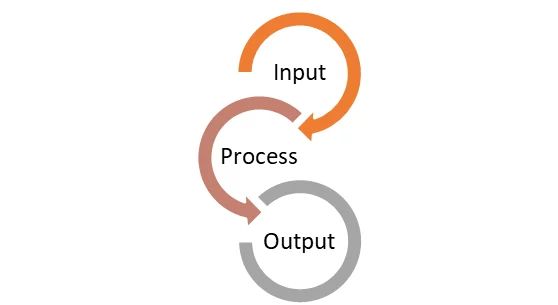Tag: DDM Terminology
-
Bingo! Theory
Introduction When you search in the internet, although there is many other theory with the same name , Bingo! Theory (remarks : the “!” does matter) is a terminology which is invented by Diamond Digital Marketing to explain the priority of a project go vertically or horizontally. What is Bingo in real life Bingo is…
-
Whack a Mole (R028)
Definition Whack-A-Mole, literally, is a classic arcade game where players use a mallet to hit plastic moles that pop up randomly from holes on the game board. The objective is to hit as many moles as possible within a set time limit, earning points for each successful hit. In the context of Project Management, the…
-
What is Click Path
Click Path is a DDM terminologyⓘ which will normally occur in the instruction of a Task. Definition of Click Path Click The word “Click” inside the term “Click Path” means anything inside the screen in your Web Application or Mobile Application that is Clickable, which is named as Clickable Element Below are some of the…


